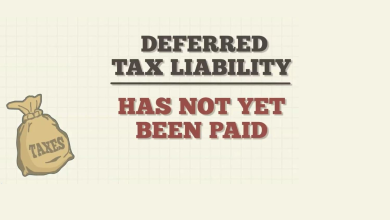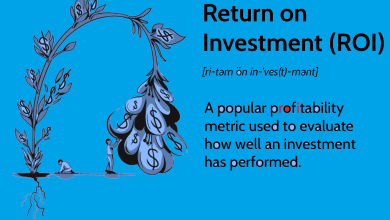Euronotes. Euronotes constitute the instruments of borrowing issued by corporates in the Eurocurrency market, with or without the underwriting support of banks. This is evolved as a process of disintermediation in the market whereby the borrowers are directly approaching the lenders without the intermediation of banks and financial institutions.
The following categories of instruments fall under Euronotes: (i) Commercial Paper (ii) Note Issuance Facilities (iii) Medium Term Notes.
1. Commercial Paper. Commercial Paper (CP) is a promissory note of maturity less then a year issued by a corporate body. Generally the issue is not underwritten and therefore companies with high ranking issue CP. They are issued for high denominations like USD 100,000. Usually they are issued on a discount to yield basis. Typically the period for which CP is issued varies from 90 to 180 days. They are unsecured instruments.
The investors are mainly from major fund managers, insurance companies, banks and corporates. For the borrowers CP provides a cheap source of finance as the interest rate is lesser than that paid on bank borrowings. It is flexible as the size of issue can be varied according to the requirements. First rated corporates may also back up their issues with lines of credit from banks, from which they can draw if CP is not fully subscribed. For the investors the yield is higher than that on bank deposits, they are negotiable and hence liquid, and the duration is short so that it fits into their short term financial plans.
2. Note Issuance Facilities. Note issuance facility (NIF) is a device adopted to meet the divergent needs of the borrowers for medium term funds with the willingness of the investors to invest in short term. The reconciliation is achieved through the underwriting facility provided by banks. NIP is a medium term commitment under which a borrower can issue short term paper in its own name, but the underwriting banks are committed either to purchase any notes which the borrower is unable to sell, or to provide standing credits. Under this arrangement the borrower places short term notes (Euronotes) of, say 3 months maturity, directly to the investors. The notes are rolled over on their maturity. That is, the existing notes are redeemed and fresh notes are issued. Banks underwrite that at the time of each rollover they would take up the unsold notes or provide matching credit Depending upon slight variation in the methodology adopted for their issue, NIFs are variously known as Revolving Underwriting Facility (RUF), Standby Note Issuance Facility (SNIF), Note Purchase Facility (NPF), etc.
3. Medium-Terra Notes, Medium-Term Notes (MTNs) represent a long-term, non-underwritten and fixed interest rate source of raising finance, comparable with Eurobond issues. Whereas Eurobond is underwritten, MTN is not underwritten. They were evolved to bridge the maturity gap between the short term commercial paper of less than one year and long term Eurobond of more than 5 years.
MTNs are like privately placed bonds but with great flexibility. The maturity can vary from one year to ten years. Documentation procedures are simpler as compared to bond issue. They enjoy a highly liquid market. In view of these facts, these instruments have become quite popular.




